Alan Titchmarsh: 'Only God’s earth — in the garden and the countryside — is capable of coming up with the goods with reliability equal to that of St Nicholas'
Alan Titchmarsh's Christmas column looks at all the plants of the festive season.
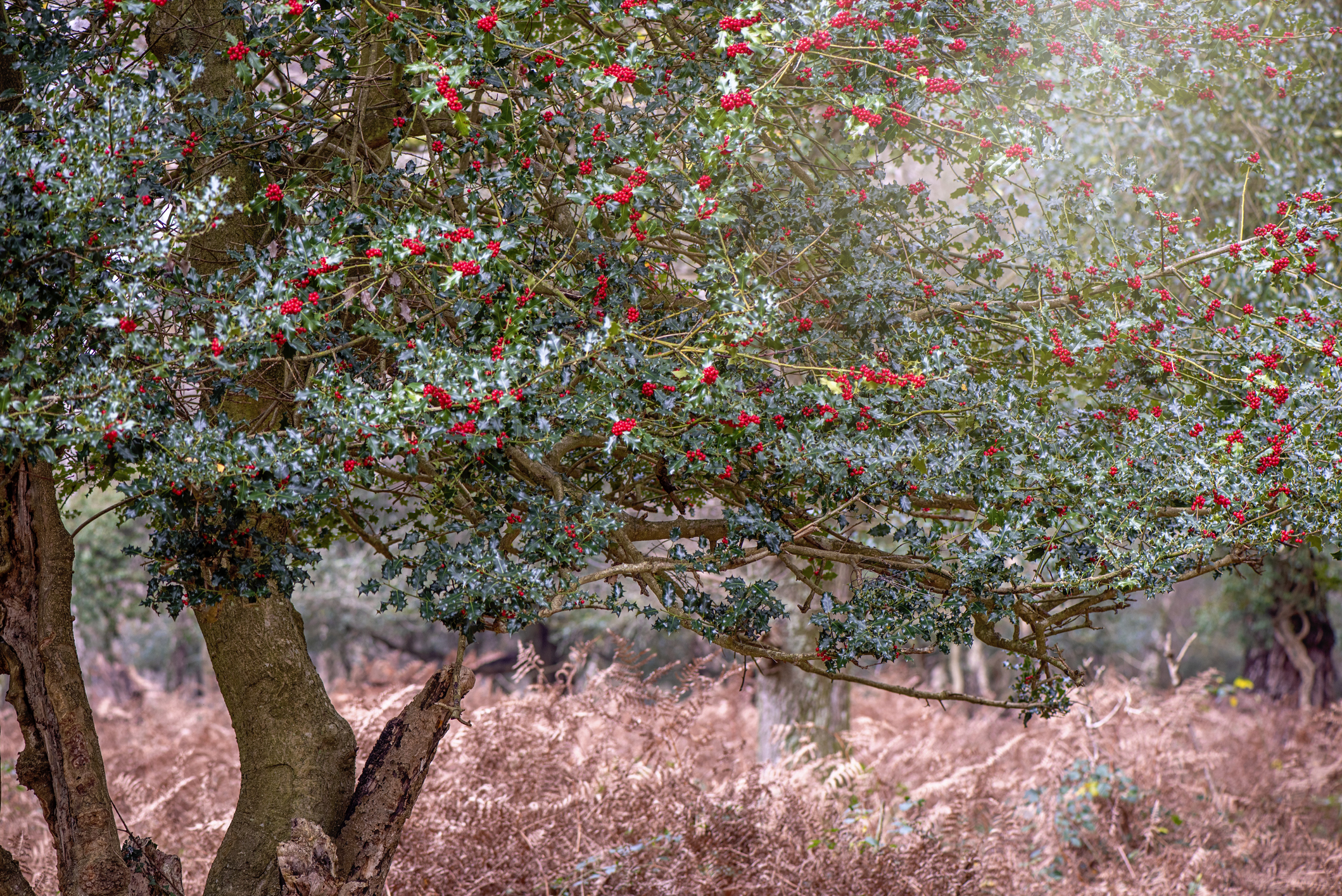

When other workers are switching off their computers on the 20-something-th of December, slipping on their coats and, after knocking back a festive bevvy with colleagues, heading home through streets of winter rain to John Betjeman’s ‘pigeon-haunted classic towers’, the gardeners among us are only just beginning to feel the weight of responsibility that lies heavily upon our shoulders.
Without us, you see, so much of the festive fare and fripperies would simply fail to materialise. The advent of online shopping has done little to lighten our burden, for only God’s earth — in the garden and the countryside — is capable of coming up with the goods we must deliver with reliability equal to that of St Nicholas.
We may not have to stuff a goose or corral a capon, but for just about every other aspect of decoration and degustation we have a serious input. Take the simple operation of decking the halls with boughs of holly. You’ve heard the annual complaint from children sent in search of yuletide greenery: ‘But there are no berries this year! It’s all just green leaves and — ouch! — they’re so prickly.’ Apart from being handy with the Germolene, we must (perhaps a little earlier than we would have liked) steel ourselves to talk about sex.
Holly, you see, carries its male and female flowers on separate plants. Only the females carry the berries ‘as red as any blood’; the males will be devoid of such enhancement, having to settle for attractive leaves and modest clusters of small, greenish-white flowers. There are further confusions when it comes to planting holly with Christmas in mind: the variety ‘Golden King’ is a female — it produces a mass of red berries, in spite of its masculine sobriquet.
"Norway spruce has a habit of dropping its needles until, by Boxing Day, it resembles nothing more than a collection of twisted pipe cleaners and the vacuum cleaner is clogged"
A few varieties are hermaphrodite, carrying both male and female flowers on the same plant, but to explain this to the toddler is likely to lead to questions you are not yet ready to answer. Transitioning came early to ilex. Still, with or without their berries, the variegated kinds especially will look lovely tucked behind the picture over the fireplace and grouped in a circlet around candlesticks so long as, by the Twelfth Day of Christmas when the candles are guttering and the holly leaves are nicely crisp, you are aware of the real and present danger of the entire table setting going up in smoke.
When it comes to the centrepiece of the event, the Christmas tree, few folk nowadays will settle for the old-fashioned Norway spruce. In spite of its fragrance being far and away the best, it has a habit of dropping its needles until, by Boxing Day, it resembles nothing more than a collection of twisted pipe cleaners and the vacuum cleaner is clogged. Nordmann fir is better at retaining its needles, but even these will look desiccated unless you can cut off the end of the trunk and persuade the fresh-cut surface to take up water from one of those neat reservoirs fitted to a stand — a measure that is not always successful.
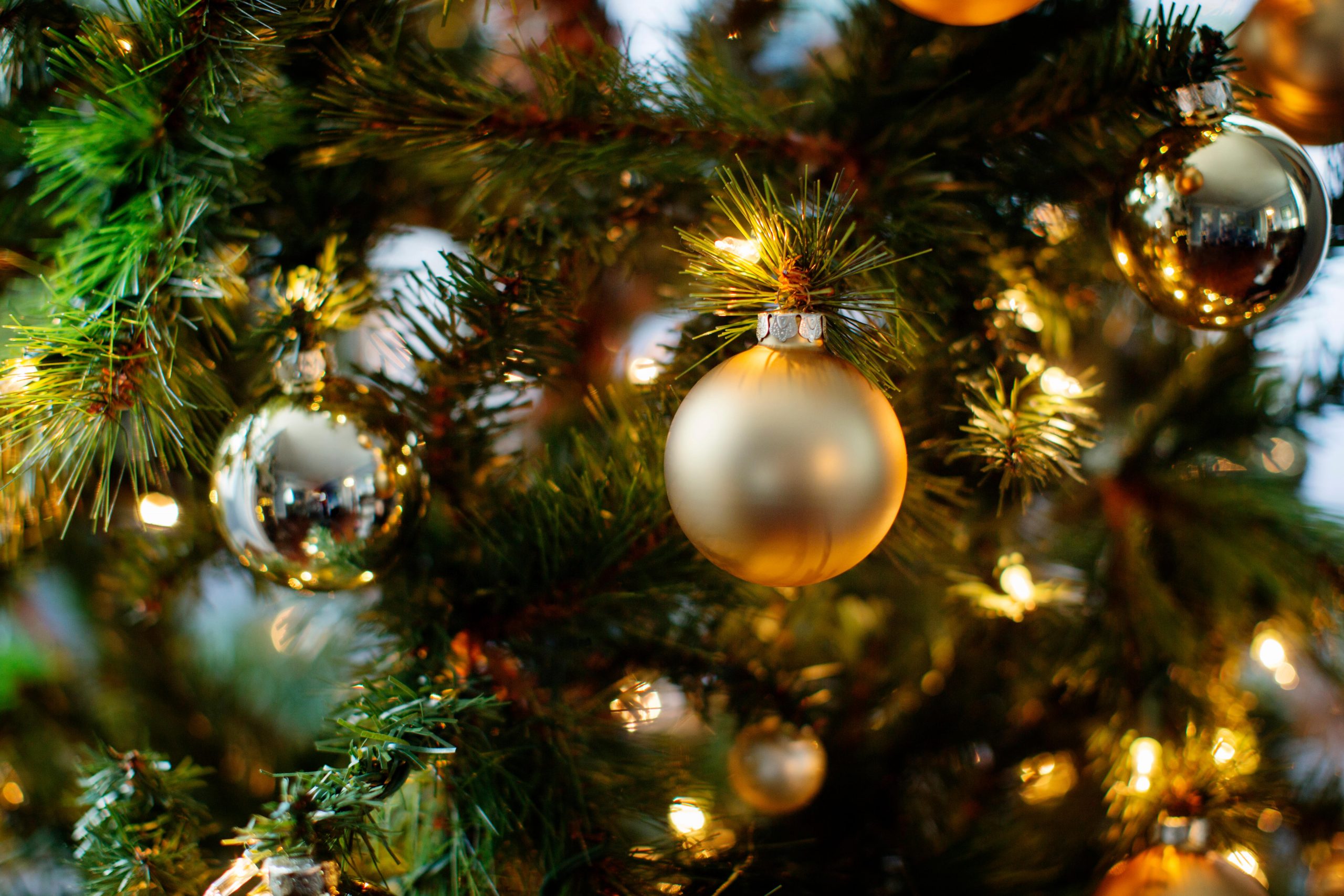
Environmentally responsible households will have bought a tree growing in a pot years ago and plunged it in the garden each Twelfth Night to be dug up and re-used in succeeding years. Those who turned it out of its pot and planted it in the ground will be made all too aware of the tenacity of spruce roots.
Exquisite houses, the beauty of Nature, and how to get the most from your life, straight to your inbox.
A society florist I know does rather well at Christmas. He descends on those ‘classic towers’ in London with a majestic fir tree, fully decorated in tasteful shades of silver and gold. Swags of ribbons festooned with spruce shoots and walnuts are interwoven up the bannister of the sweeping staircase along with fur-trimmed velvet stockings that can be ‘hung by the chimney with care’ in the hopes that St Cartier soon will be there…
Not for these householders the anguish of harvesting Brussels sprouts and parsnips on Christmas morn, fingers throbbing and ‘earth as hard as iron’.
But would I swap it? I would not. Hearing the church bells peal on Christmas Eve, rubbing the shoots from stored potatoes in the hope that they will crisp up in the roasting tin, taking that stroll around the garden on the one silent day in the year and marvelling at the first snowdrops just beginning to pierce the earth remain for me at the heart of this gardener’s family Christmas every bit as much as ‘Carolling in frosty air’.
To you and yours from me and mine, have the happiest, and — in the true sense of the word — the greenest of Christmases.
Alan Titchmarsh is the new president of The Garden Museum, London SE1
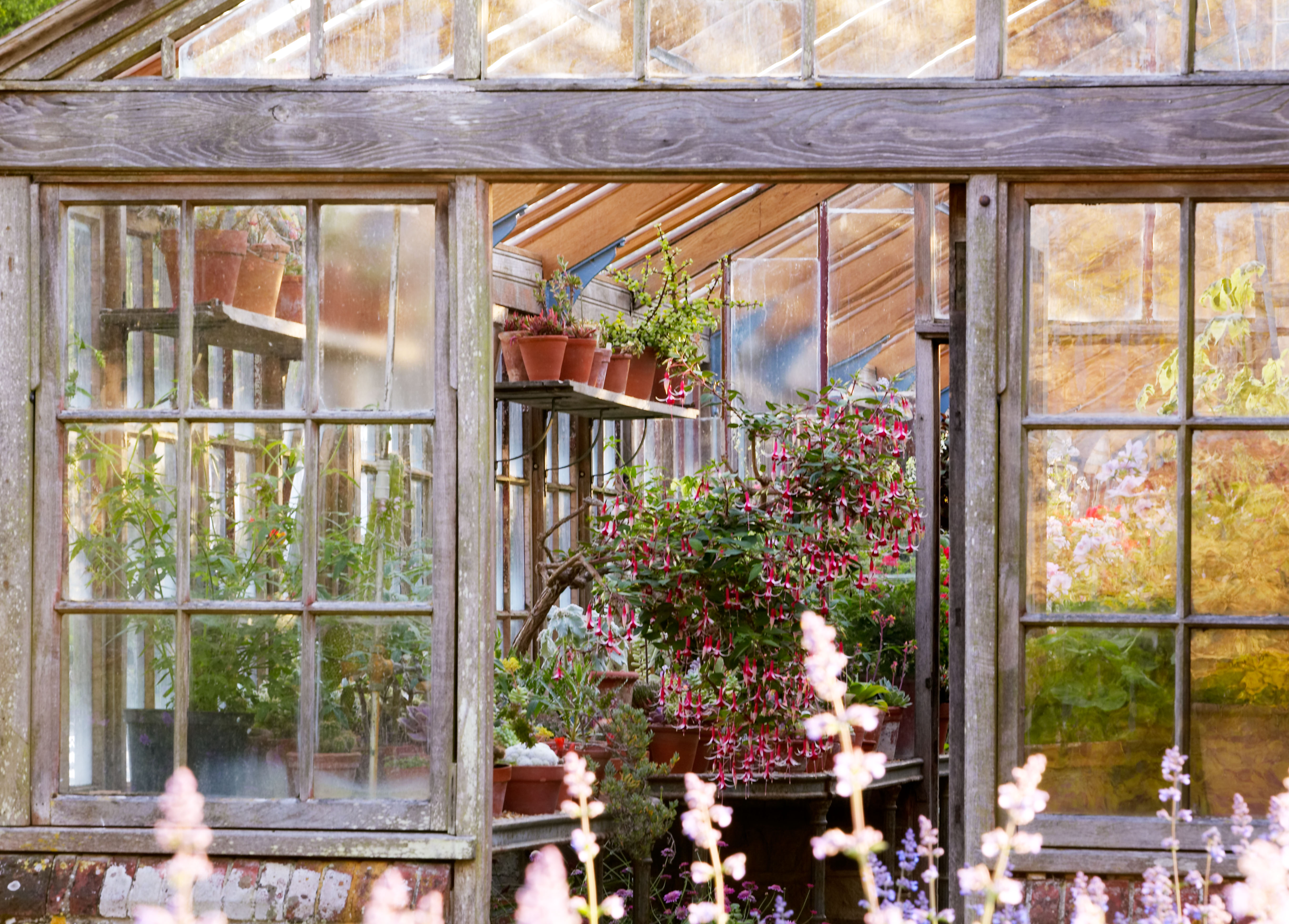
Credit: Alamy
Alan Titchmarsh: How to master the fine art of pottering
As time opens up for all of us to spend more time in the garden, Alan Titchmarsh offers his tips
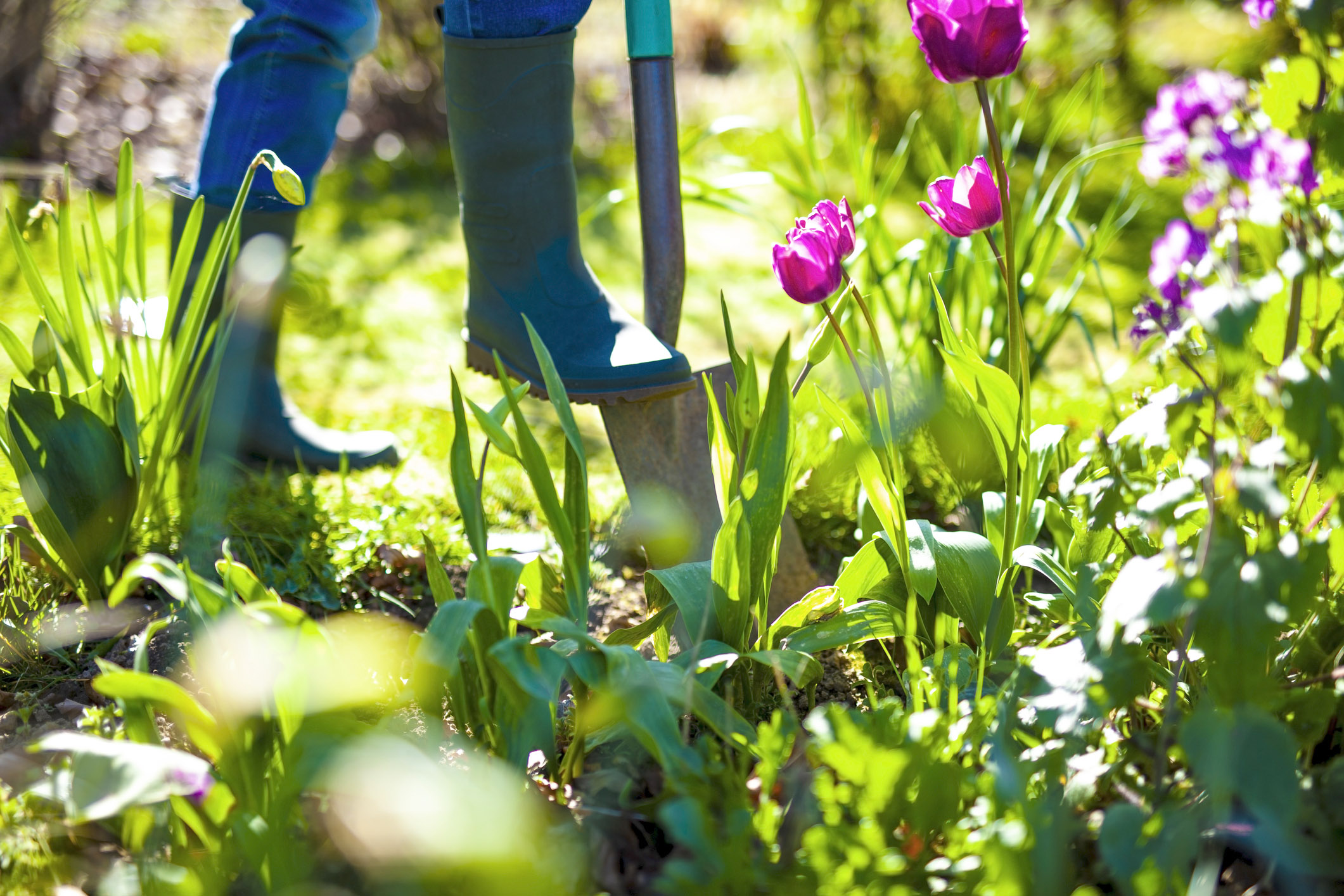
Credit: Getty
Alan Titchmarsh: Why I relish the worst jobs in gardening
Alan Titchmarsh admits that it's not just gardening's most challenging tasks, but also its the mundane chores that 'give me

Alan Titchmarsh: Why Kirstenbosch is the gardener’s garden
Alan Titchmarsh waxes lyrical about one of the world's truly magnificent gardens.
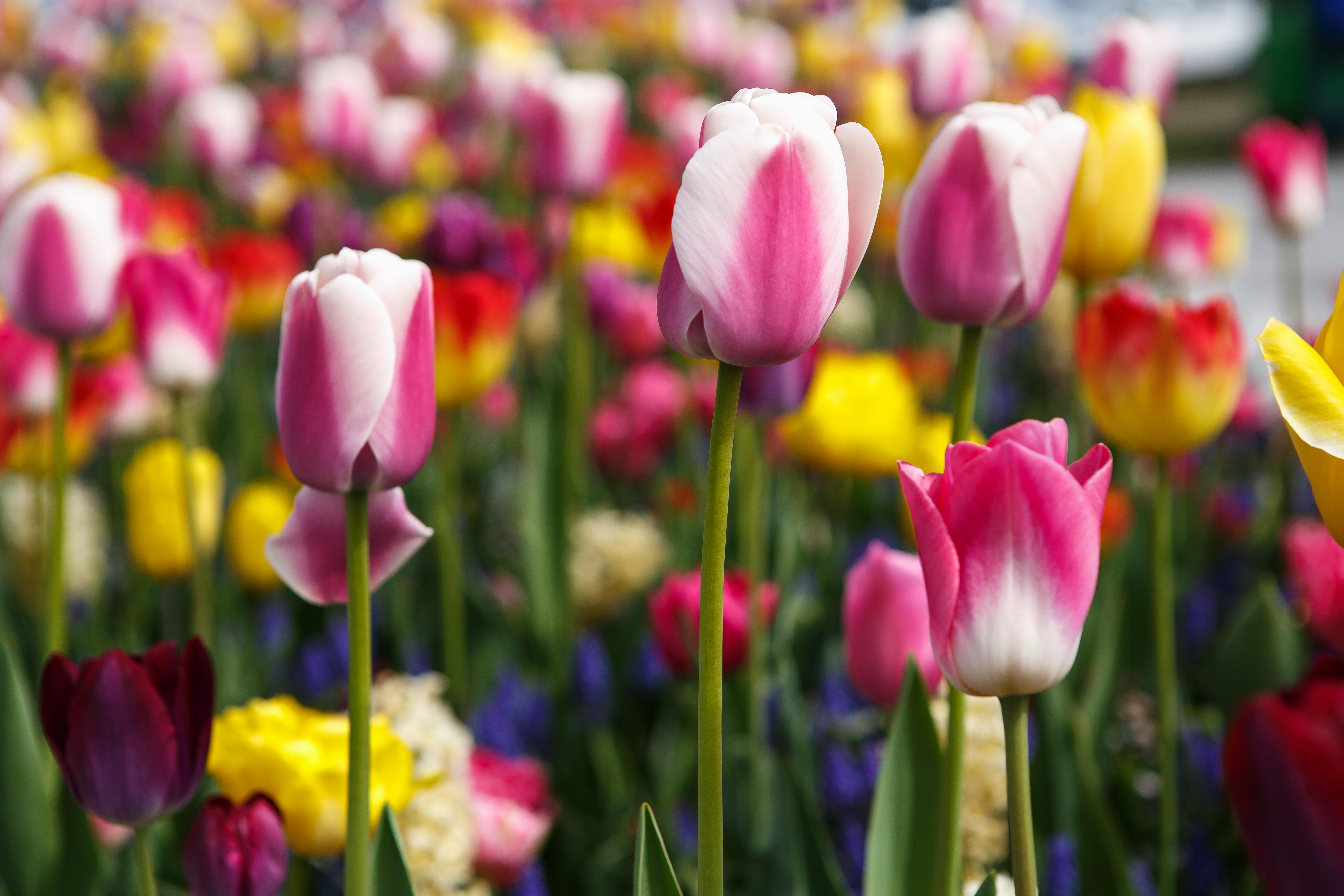
Credit: Alamy
Alan Titchmarsh: The best time of year to plant tulips
Alan Titchmars on planting tulips - and avoiding the grind of removing and storing bulbs every year.
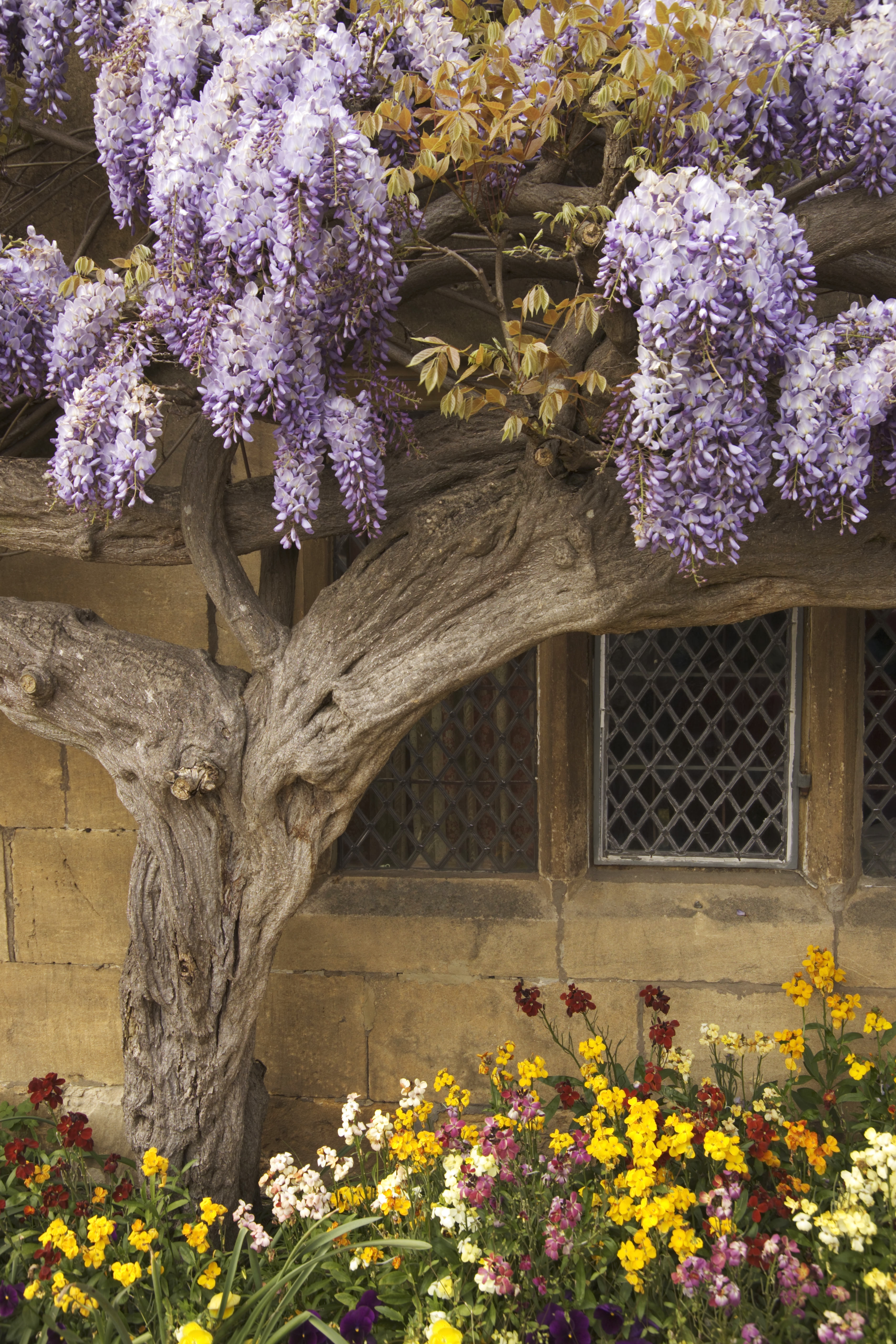
Credit: Getty
Alan Titchmarsh: A foolproof guide to growing wisteria
If you've been enviously eyeing the extraordinary wisteria on display across Britain this summer and wondering how you can grow
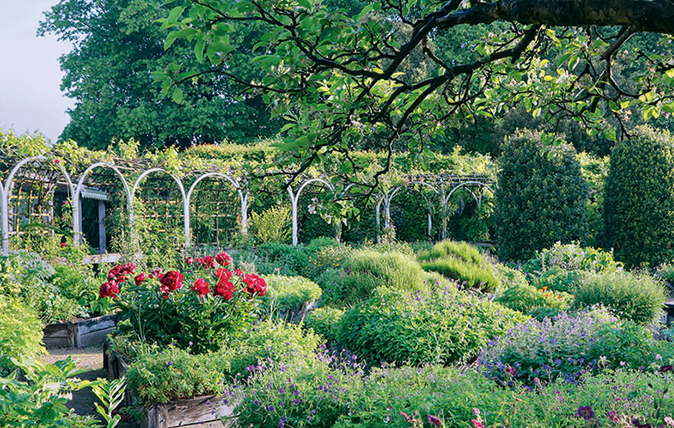
Alan Titchmarsh: The poetic pleasure of plant names
Our gardening expert on the days spent learning the names of some of the most obscure plants in Britain.
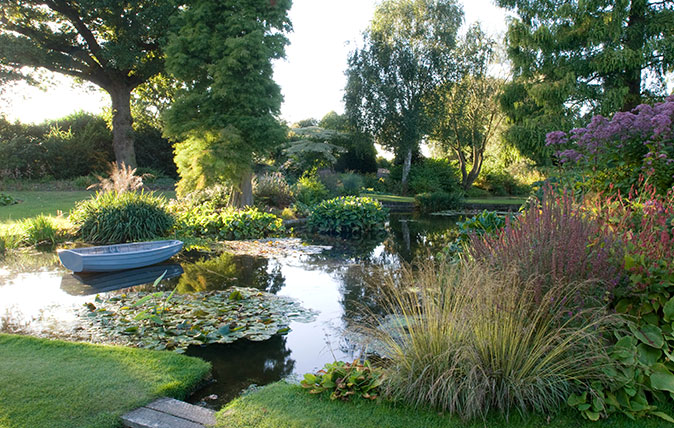
Alan Titchmarsh: How to keep a perfect pond
Alan Titchmarsh says that now is the time to clear out the weeds and keep your pond in top condition
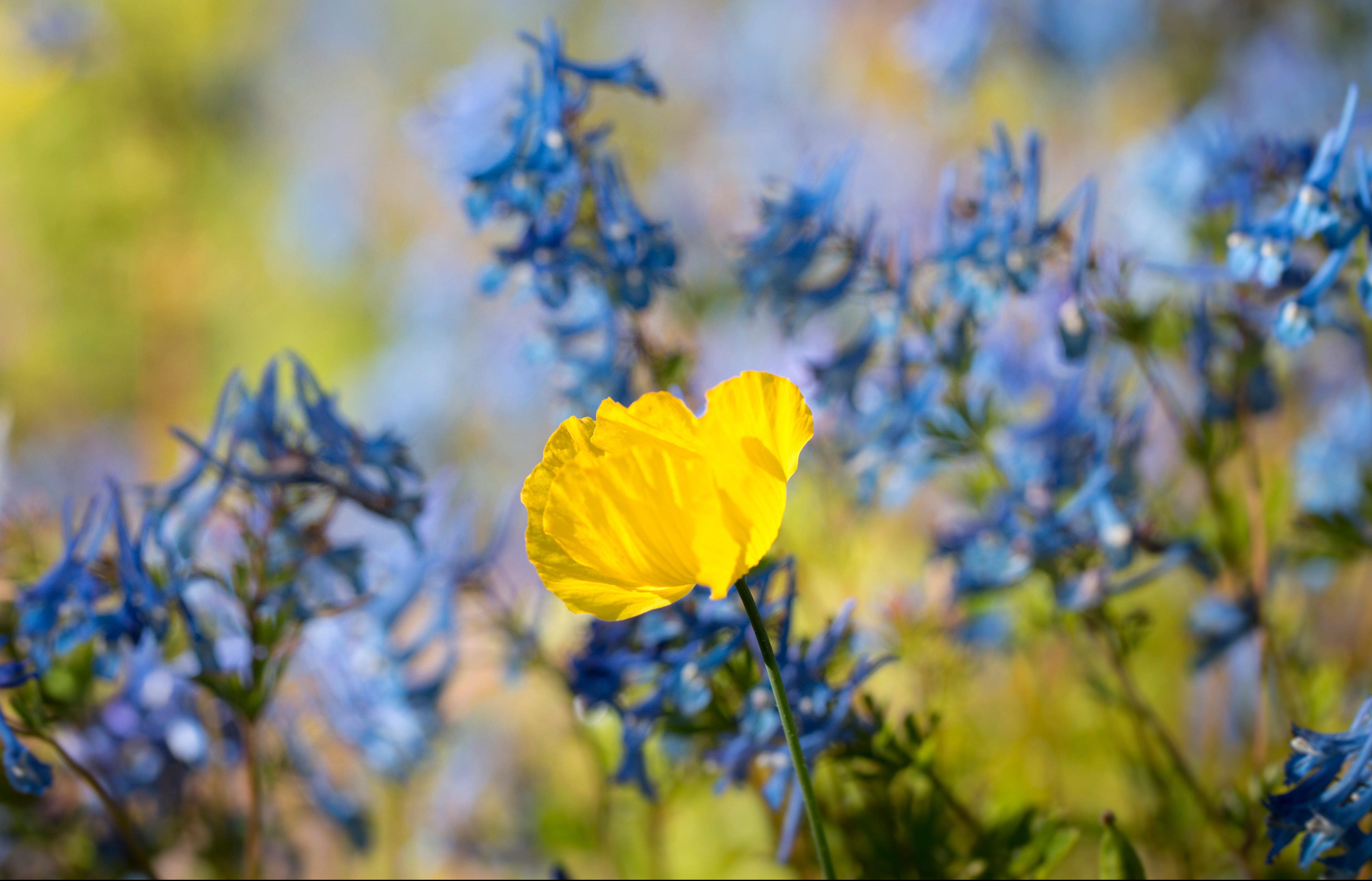
Alan Titchmarsh: The weeds I welcome with open arms
Our columnist Alan Titchmarsh used to spend hours ridding his garden of anything he hadn't planted himself. These days he
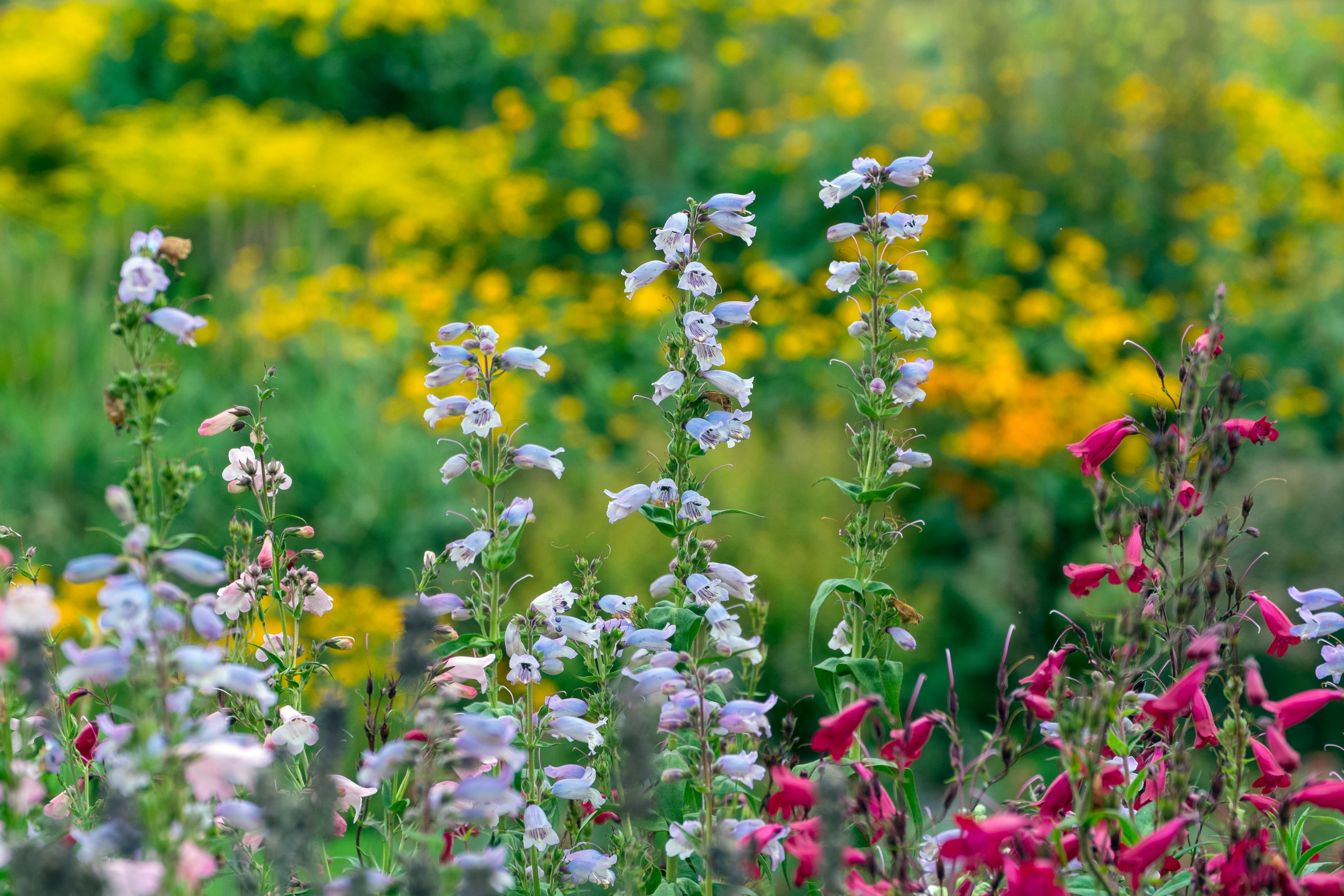
Credit: Gary K Smith / Alamy
Alan Titchmarsh: The ultimate flower for the lazy gardener
Penstemons are easy to grow, hardy, and flower for months — even the slugs don't both them. They might just be
Alan Titchmarsh is a gardener, writer, novelist and broadcaster.
-
 What everyone is talking about this week: 'People who tended to be more obedient about lockdown are now its fiercest critics'
What everyone is talking about this week: 'People who tended to be more obedient about lockdown are now its fiercest critics'Week in, week out, Will Hosie rounds up the hottest topics on everyone's lips, in London and beyond.
-
 From the archive: 'This retina-awakening advert for British Nylon Spinners Limited sums up the swinging 1960s perfectly'
From the archive: 'This retina-awakening advert for British Nylon Spinners Limited sums up the swinging 1960s perfectly'Every Monday, Melanie Bryan, delves into the hidden depths of Country Life's extraordinary archive to bring you a long-forgotten story, photograph or advert.
